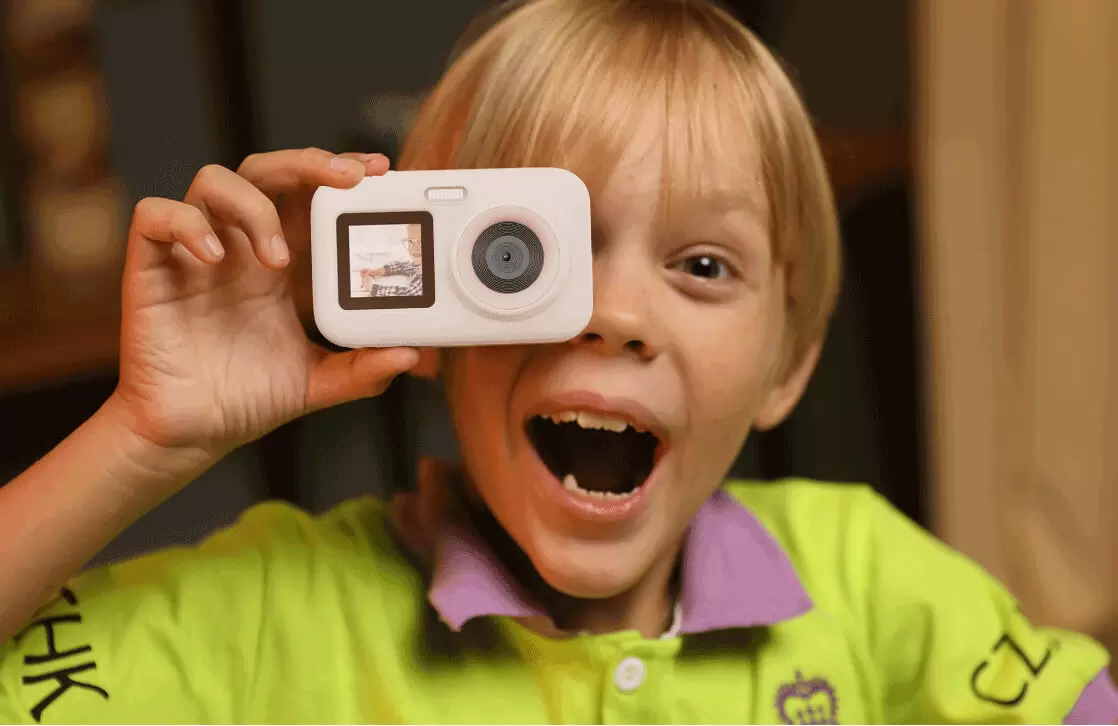As technology continues to evolve, children are becoming increasingly interested in photography. Introducing them to a kids camera can foster creativity, develop their observational skills, and create lasting memories. However, with a multitude of options available in the market, choosing the right camera for your child can be overwhelming. In this comprehensive guide, we will explore the essential factors to consider when selecting a kids camera, ensuring that you make an informed decision that caters to your child’s needs and interests.
Durability and Safety:
When it comes to kids cameras, durability and safety should be the top priority. Children are naturally curious and can be a bit rough with their belongings. Look for cameras that are built to withstand accidental drops and bumps. Opt for sturdy construction and shockproof features to ensure longevity. Additionally, consider cameras with rounded edges and non-toxic materials to guarantee the safety of your child.
Age-Appropriate Features:
Different age groups have varying levels of technical proficiency and interests. Look for cameras that offer age-appropriate features and controls. For younger children, simple point-and-shoot cameras with large buttons and a user-friendly interface are ideal. Older children might enjoy cameras with more advanced features, such as adjustable settings, creative filters, and built-in effects. Consider your child’s abilities and preferences to find a camera that suits their developmental stage.
Image Quality and Resolution:
While children’s cameras may not match the image quality of professional-grade equipment, it is still essential to consider the camera’s resolution and image clarity. Look for cameras that offer at least 5 megapixels (MP) to ensure decent image quality. Higher resolutions, such as 8 or 10 MP, can provide sharper and more detailed photos. However, remember that excessively high resolutions might result in larger file sizes that could overwhelm the camera’s storage capacity.
Size and Weight:
Kids cameras should be lightweight and easy for small hands to hold and operate. Bulky and heavy cameras can quickly discourage children from using them. Look for compact and lightweight options that are ergonomically designed for children’s comfort. Consider models with non-slip grips or rubberized coatings to prevent accidental drops. A well-designed camera will encourage your child to explore and capture moments with ease.
Battery Life:
To ensure uninterrupted photo-taking sessions, consider the battery life of the camera. Look for models with long-lasting batteries or rechargeable options. Cameras with replaceable batteries can be convenient, as you can carry spare batteries for extended use. Alternatively, cameras with a rechargeable battery and a USB charging option can be more cost-effective and environmentally friendly. Remember to check the camera’s charging time and consider investing in a backup power source, such as a portable charger, for on-the-go adventures.
Memory and Storage:
Kids tend to take numerous photos and videos, so having sufficient memory and storage capacity is crucial. Look for cameras that support expandable storage options, such as SD cards, to accommodate a large number of photos. Ensure that the camera’s storage capacity aligns with your child’s photography habits. Additionally, consider cameras with built-in memory or cloud storage options for added convenience.
Additional Features and Accessories:
Kids cameras often come with additional features and accessories that can enhance the photography experience. Consider cameras with built-in filters, frames, and effects that allow children to add creativity to their photos. Some cameras also offer video recording capabilities, time-lapse functionality, or even the ability to create stop-motion animations. Look for cameras that come with accessories like carrying cases, straps, or stickers to personalize the camera and make it more enjoyable for your child.
Conclusion:
Choosing the right kids camera involves considering several factors, including durability, age-appropriate features, image quality, size, battery life, storage capacity, and additional features. By carefully evaluating these aspects, you can find a camera that sparks your child’s interest, encourages creativity, and captures precious memories that will last a lifetime.

